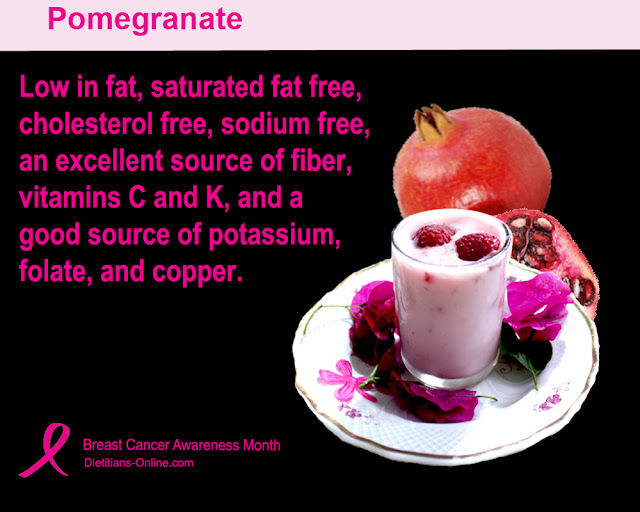Dessert is a confectionery or sweet course that concludes the main meal. The course usually consists of sweet foods, fruit, and possibly a beverage such as a dessert, wine or liqueur, but may include coffee, cheeses, nuts, or other savory items. In some parts of the world, such as much of central and western Africa and most parts of China, there is no tradition of a dessert course to conclude a meal.
The term "dessert" can apply to many items, including cakes, tarts, cookies, biscuits, gelatins, pastries, ice creams, parfaits, pies, puddings, custards, and sweet soups. Fruit is also commonly found in dessert courses because of its naturally occurring sweetness.
The term "dessert" can apply to many items, including cakes, tarts, cookies, biscuits, gelatins, pastries, ice creams, parfaits, pies, puddings, custards, and sweet soups. Fruit is also commonly found in dessert courses because of its naturally occurring sweetness.
Resources
1. Dessert, Wikipedia
2. Healthy Dessert Recipes, EatingWell
3. Healthy Baking Alternatives, Jessica Cox, RD, Eatright
4. 9 Vegetables You Can Eat as Dessert, EatingWell
1. Dessert, Wikipedia
2. Healthy Dessert Recipes, EatingWell
3. Healthy Baking Alternatives, Jessica Cox, RD, Eatright
4. 9 Vegetables You Can Eat as Dessert, EatingWell




















































